January 27, 2021
The launch of a new car might not excite everyone but there are some vehicles that have made a massive impact on the car world. More massive than you might realise. From boxy cars to smooth cars, from station wagon to SUV.
OnlineLoans takes a look at some of these cars and the changes they’ve made.
Game Changers:
Firstly, some overview
If you’re even a little into cars, you’ll know the hall-of-famers like the McLaren F1, Ferrari F40, Dodge Viper and even the Nissan GT-R and Subaru WRX.
But what about the lesser-known cars that have actually made a huge impact on the car industry?
For example, the 1961 BMW 3200 CS featured the ‘Hofmeister kink’ – part of the inner C-pillar that curves back towards the driver.
> The ‘What-meister kink’?
The ‘Hofmeister Kink’: 1961 BMW 3200 CS
A subtle yet significant car design quirk, the Hofmeister kink is one of those ‘you don’t notice until someone points it out’ things. The Hofmeister kink is a specific side-rear window design and, although there were cars that featured the design prior to the 3200 CS, it’s these BMWs that are most well known for the kink.
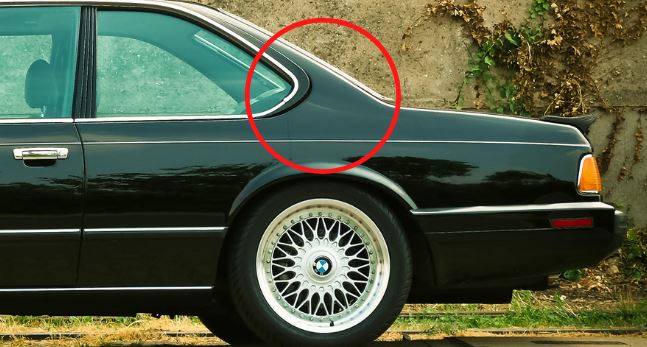
The design was first added to BMWs appearing in the early 1960s. Its namesake comes from the then BMW design chief, Wilhelm Hofmeister who served at the company from 1955 to 1970.
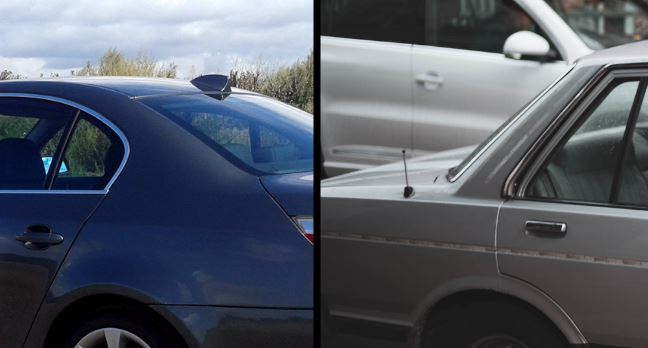
(Left: A later-model BMW with a Hofmeister kink. Right: A vehicle with no kink)
Since its conception and introduction in BMW models, the design has been adopted by many other manufacturers.
SUV – Love at First Sight: 1984 Jeep Cherokee
The 1984 Jeep Cherokee is credited with being the first actual SUV as we know them today. Prior to the ‘84 Cherokee, there were, of course, 4WD vehicles available. However, these were pitched as ‘carryall wagons’ and were seen more like military or off-road vehicles.
“Australians bought 483,388 – that’s 55 per hour, every hour… for the whole year.”
With a photo lineup, it’s easy to see when the modern SUV as we know it was born:
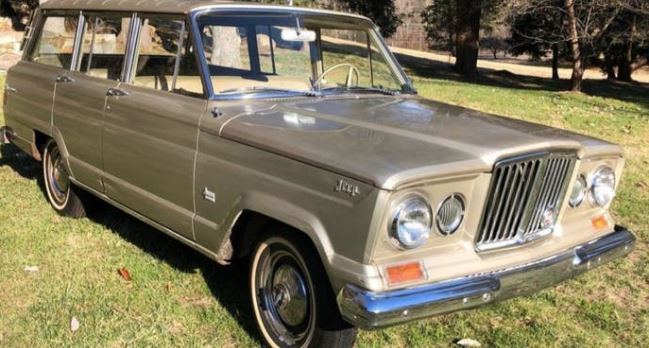
(1964 Jeep Wagoneer. Source: classic.com)
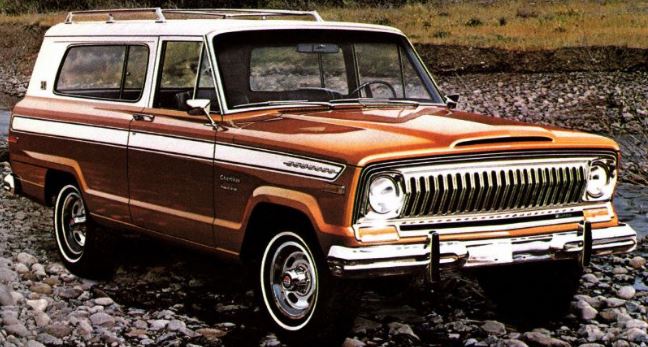
(1974 Jeep Cherokee)
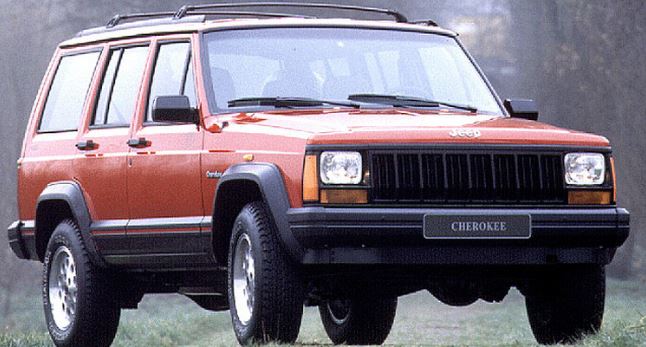
(1984 Jeep Cherokee – it’s easy to see the modern SUV shape)
To give insight into how popular SUVs are today, in 2019 Australians bought 483,388 – that’s 55 per hour, every hour… for the whole year.
Car’s Don’t Have to Pollute: 1997 Toyota Prius
Yep, the ‘Pri’ is now 24 years old. The Prius was the world’s first mass-produced hybrid passenger car and gained instant worldwide attention.
“the humble Prius was the one that kicked off ‘green’ cars”
In its launch year, 1997, the Prius won the Car of the Year Japan Award. After 11 years, in 2008, Toyota sold its one-millionth unit.
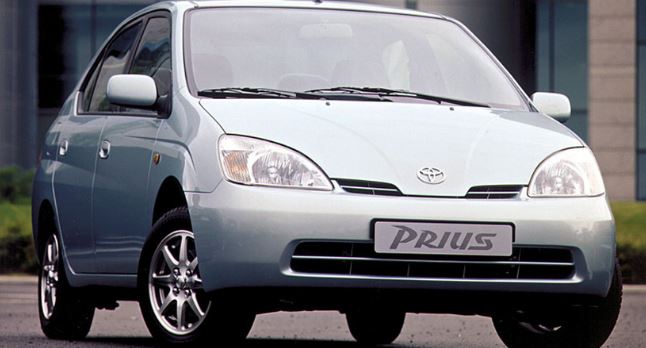
(A 1997 Prius)
Quick to jump onto the Prius’ popularity (aka; sales), other manufacturers developed their own hybrid vehicles and eventually full-electric options. Models from competitors like Nissan’s Leaf have created a few rivals for the Prius.
As of April 2020, over 17 million hybrid electric vehicles have been sold worldwide.
But the humble Prius was the one that kicked off ‘green’ cars by making them available to consumers.
The 1997 Prius is not thirsty at 4.6 L / 100 Km – still competitive in 2021.
No More Boxy Cars: 1986 Ford Taurus
It may not look like much amongst today’s cars, but the ‘86 Taurus was a game-changer. The game it changed: boxy cars.
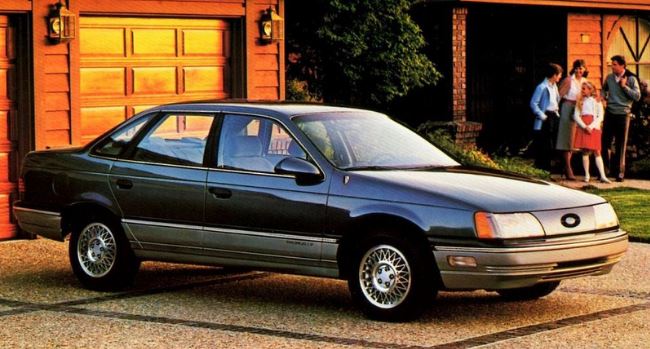
(The 1986 Ford Taurus)
“In fact, some likened the shape to a potato or jelly bean.”
There were curvy car designs prior to the Taurus, for example, the Chrysler Airflow in the 1930s, and the Porsche 928 released in 1978.
But, the 1986 Taurus pushed family cars to lose their boxy car appearance and take on the more smooth, rounded shapes of the ‘90s. The design was groundbreaking at the time, considered to be way ahead of its time. In fact, at first, some likened the shape to a potato or jelly bean.
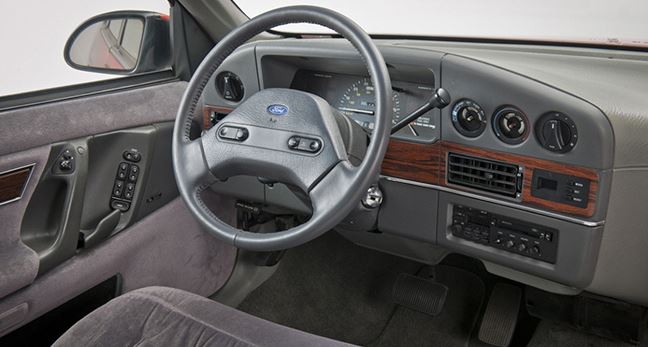
(The interior of the 1986 Taurus – high tech and ahead of its time in 1986. Source: core77.com)
The interior was also a huge leap forward. For example, the dashboard curves toward the driver with the controls (radio and climate) in the centre which was unlike most other cars of the time.
Despite the tech and ‘futuristic design’, the Taurus retailed from a not-too-much $13,351 USD in 1986 which is around $40,900 Australian dollars today.
Below are some other passenger vehicles that evolved to the smoother, curvy style of the ‘90s, stepping away from boxy cars. Manufacturers were quick to modernise due to the popularity of the Taurus.
The Holden Commodore lost its boxy car looks in the late 1980s.
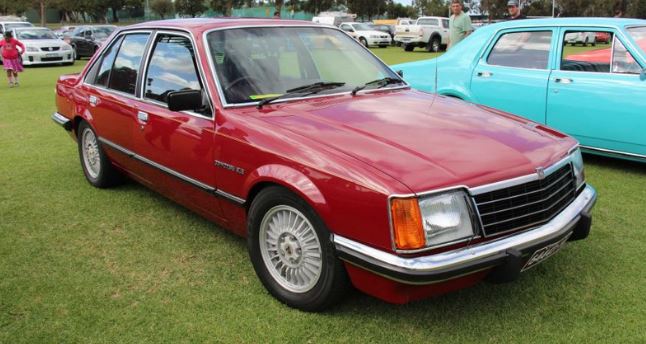
(1979 Holden VB Commodore. Source: abc.net.au)
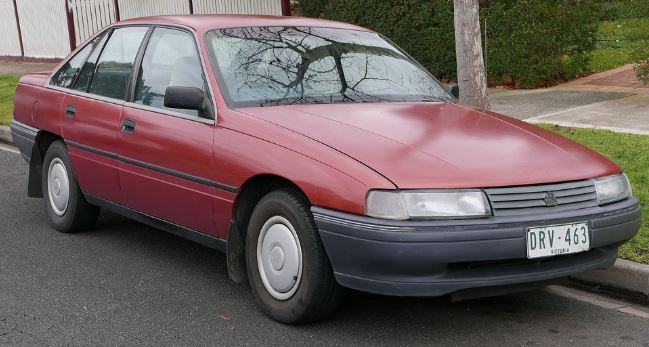
(1989 Holden VN Commodore. It’s easy to see the smoother designs that cars took on over the decade. Source: wikipedia.org)
So did the Mitsubishi Lancer, another previous boxy car
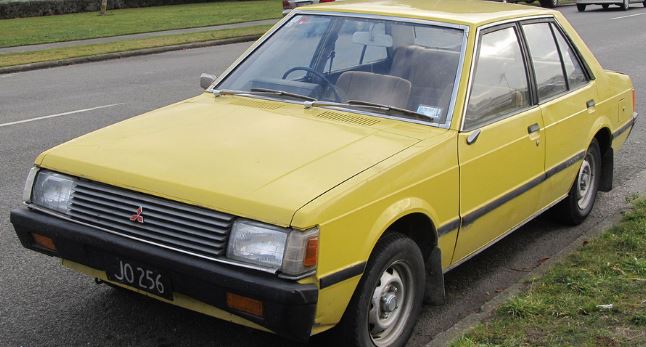
(A Mitsubishi Lancer from the early 1980s with its boxy car design. Source: wikipedia.org)
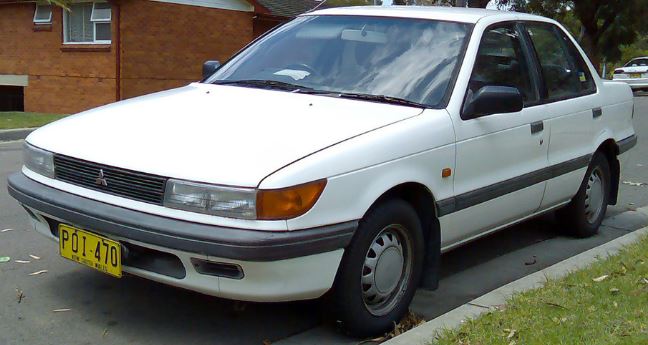
(A Mitsubishi Lancer from the late 1980s with its smoother design. Source: wikimedia.org)
Sleeker headlights also give cars the appearance we’re familiar with today, noticeable in the images above.
Insanity: The 2005 Bugatti Veyron
The Veyron was a poster car, halo car and dream car of the mid-2000s. Here are some of the mind-boggling stats:
- 16 cylinders
- 4 turbos
- 10 radiators
- 1001 horsepower
- Replacing the tyres costs $42,000 USD ($54,000 AUD)
- The brakes can heat up to 1,800℃
- At top speed, the Veyron consumes 47,000 litres of air/minute (equal to what an adult breathes in 4 days)
- It can punch to over 400 km/h
“The Veyron could be made to go even faster but the tyres, despite costing over $50,000, would disintegrate before the fuel ran out.”
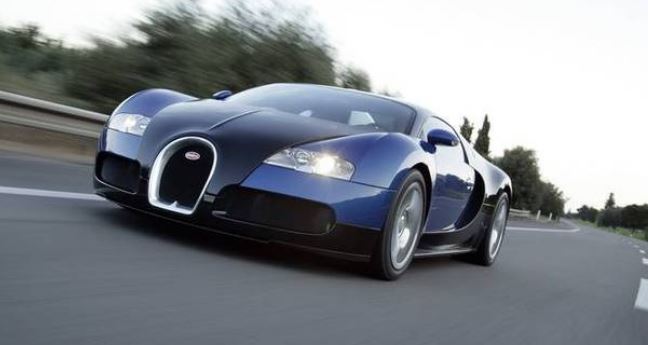
(The Bugatti Veyron. Source: driving.co.uk)
The Veyron was named Car of the Decade (2000–2009) by the TV show Top Gear and is a legend in the car world. Produced in France, it’s one of the fastest production cars ever and paved the way for hypercars of today.
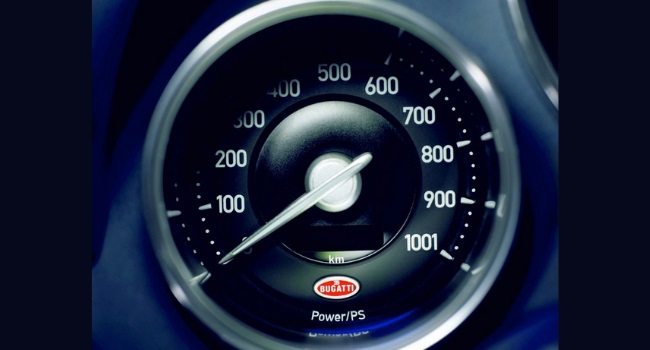
(The infamous power gauge in the Veyron. Source: rightfootdown.com)
Depending on the variant, the Veyron tips the scales at 1,838 – 1,990 kg – heavier than many other cars of the era or even today. Getting that weight to over 400 km/h in less than a minute is an amazing feat of engineering.
But travelling at that speed doesn’t last long – the fuel pumps which operate eight times faster than a normal car can empty a full tank in 12 minutes.

(Thirsty for dollars and fuel: The Veyron’s W16 engine. Source: benlevy.com)
It’s said that the Veyron could be made to go even faster but the tyres, despite costing over $50,000, would disintegrate before the fuel ran out.
Affordable for Average People: Volkswagen Beetle
Most lists of cars that changed the world can’t miss the ‘bug’. VW’s original aim back in 1938, when the first Beetles rolled off production lines, was a cheap and easily mass-produced passenger car for average people.
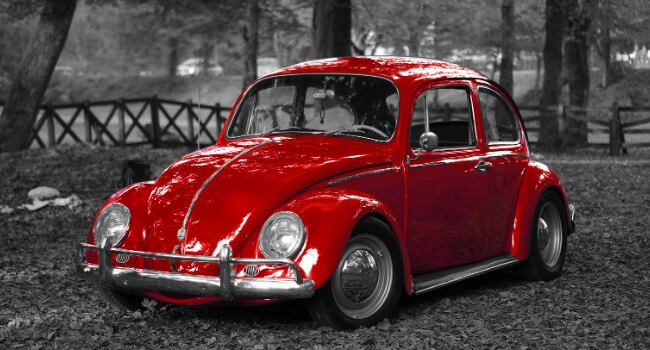
(The Beetle is instantly recognisable)
Although there were other vehicles of the era (and prior) with the same goals, the Beetle helped push car ownership from a thing of the wealthy to a thing of the average.
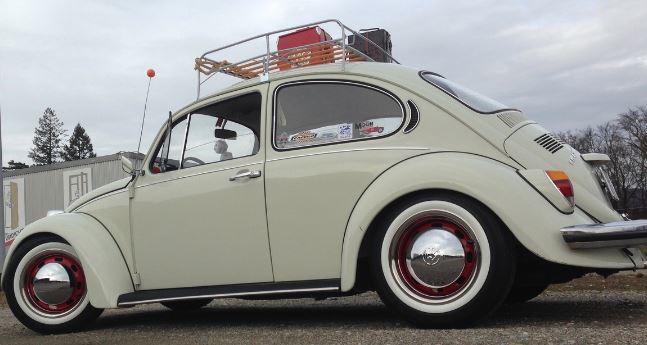
The original Beetle had a staggering production run from 1938 to 2003 – one of the longest in the car world. Over 21 million were produced, some even in Australia.
The last Beetle, the 21,529,464th unit was made in Mexico on 30 July 2003 – 65 years after its launch.
Honourable Mentions
1970 Land Rover – Range Rover: Introduced the world to the first luxury SUVs when competing with the Ford Bronco at the time.
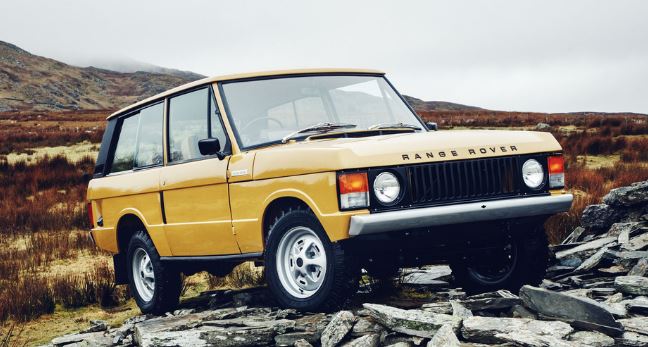
(1970 Land Rover – Range Rover)
2012 Tesla Model S: The Model S has shaken the auto industry like no other car in recent years. Model S showed consumers that EVs could have an acceptable range and fit everyday use.
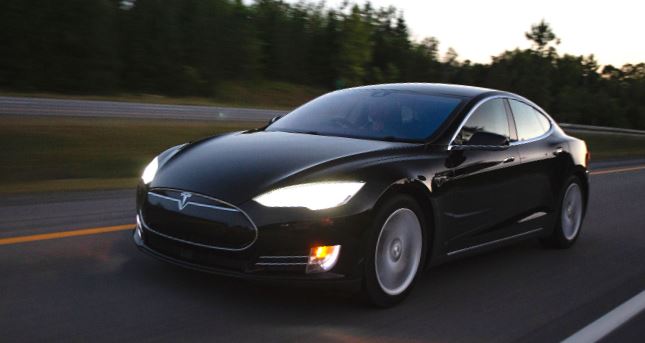
(Tesla Model S)
1966 Lamborghini Miura: Often said to be the first (or at least the first modern) supercar, the Muira paved the way for rear mid-engined two-seat supercar layouts we know today. When launched, the Muira was the fastest production road car
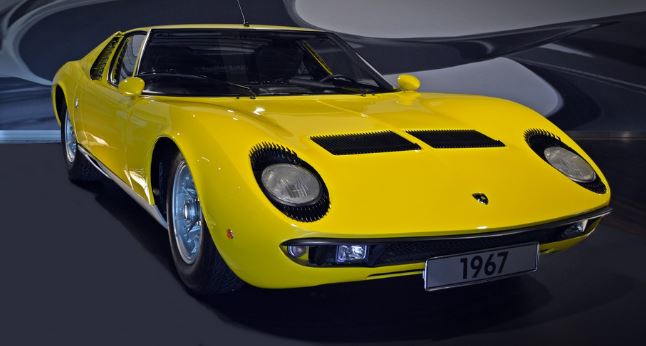
(Lamborghini Miura)
Could a new car change your world?
We’ve listed just some of the cars that made a massive impact in the car world. But how about your world?
OnlineLoans has you covered. Start with a quick quote and find out how you can apply for a car loan to upgrade to a newer car with better safety features for you and your family.
More information about car-world hall of Famers.
Sign Up to the OnlineLoans.com.au Newsletter
Get offers, contests and promos delivered straight to you inbox
